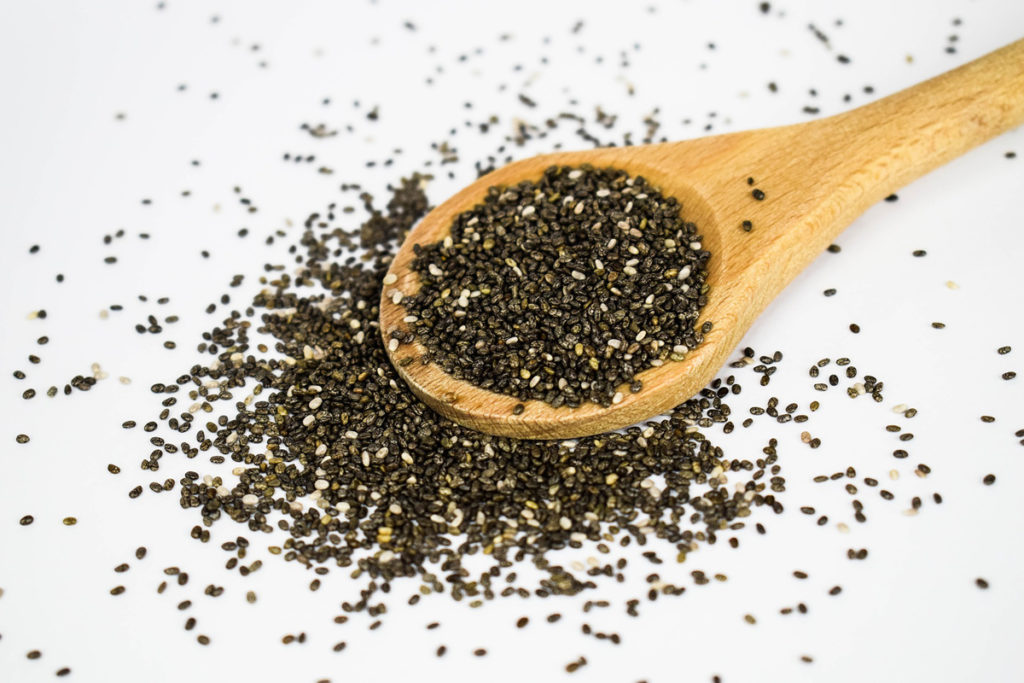Time-Restricted Eating and Exercise are a Power Couple for Fat Loss
Research shows that a shorter eating window when paired with an exercise program increases fat loss over activity alone.

Time-restricted eating, where people limit their eating to a pre-determined time during the day, is included in the umbrella term intermittent fasting. Increasingly, it’s being touted as a way to improve body composition and metabolic health. Perhaps, rightfully so, as long as you also keep moving. A review study from the University of Mississippi shows that when healthy adults pair an eight-hour eating window with regular exercise, they lose more body fat and reduce their body fat percentage compared to exercise alone. The systematic review and meta-analysis released in the International Journal of Obesity analyzed data from 15 studies conducted on time-restricted eating with exercise from the last decade. Crucially, the investigators found that when paired with exercise, time-restricted eating did not lead to a reduction in lean mass, even for those who lost body fat. Maintaining (or gaining) muscle mass is an important goal during fat loss efforts. An eight-hour eating window could involve consuming calories only between 9 am and 5 pm. People gravitate towards time-restricted eating because they feel it’s easier to adhere to since it’s all about time, not calorie-counting or eliminating foods. This study focused on healthy, active subjects, so there is a need to understand how this would impact other demographics.
References
https://www.nature.com/articles/s41366-024-01704-2
Matthew Kadey, MS, RD
Matthew Kadey, MS, RD, is a James Beard Award–winning food journalist, dietitian and author of the cookbook Rocket Fuel: Power-Packed Food for Sport + Adventure (VeloPress 2016). He has written for dozens of magazines, including Runner’s World, Men’s Health, Shape, Men’s Fitness and Muscle and Fitness.





